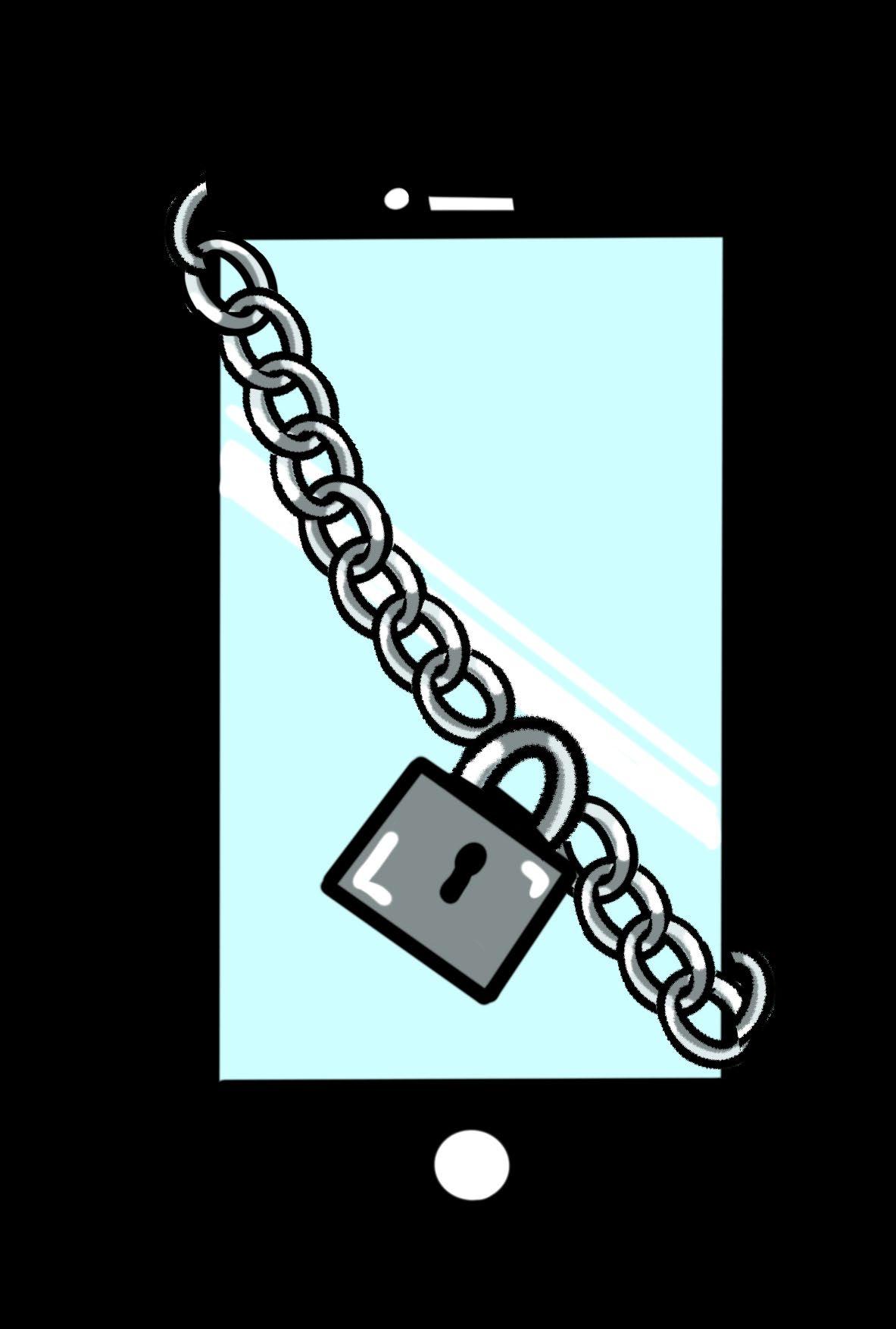
2 minute read
Social Safety
When finding the best way to stay safe on social media, sharing less is caring more
By Amelia Meyers, Staff
Advertisement
There is a hacker attack on social media every 39 seconds, according to Web Tribunal.
Connecting with friends and family, sharing videos and photos, promoting businesses, and stalking the most attractive celebrities, is what makes social media, like Instagram, the cultural powerhouse of the world today.
Around 1.35 billion people worldwide have an active Instagram account as of January 2023 according to Statista, making the photo-sharing site one of the most popular online platforms. However, the network has also become a victim of various cybercrimes such as identity thievery, hacking, and even trafficking.
Senior Zenaida Garcia recently experienced a case of identity theft.
“I’m not even on Instagram that much, daily I’d say I spend two hours at most on the app,” Garcia said. “It’s weird because these things have happened to my family members before, but I never knew it could happen to me.”
Garcia learned of her identity being stolen while sitting with a friend. Most of the pictures on her Instagram were posted onto other fake accounts; even cropping her friends out of pictures to only include Garcia.
“The only reason I never knew about it was that I had been blocked by the impostor account. I only found out about it once my friends started receiving the requests,” Garcia said.
Not only did the user steal Garcia’s photos and name but had linked the photos to an Only Fans site.
“I had my friends texting me and freaking out because someone had linked an Only Fans to the account bio, basically suggesting that it was an account that I made and that if you clicked on it you would subscribe to the real me,” Garcia said. “I was 16 turning 17 at the time with my pictures being linked to explicit sites. Honestly it was traumatizing.”
Cybercrimes and security breaches don’t just spawn on Instagram. Due to the variety of social media used daily. There are a wide number of entry points for these attackers.
Such was the case for various Facebook users when in 2019, a group of cybercriminals took “over 530 million of Facebook users personal data; locations, phone numbers, and full names; and making it publicly available to the entirety of Facebook,” according to NPR News.
Since these attacks mostly happen online and are sometimes caused by bots, there isn’t much that can be done to put a complete stop to these actions. However, many social media platforms have begun to take safety precautions and establish online help centers; allowing people to report such incidents and change their accounts to private in order to protect their personal informa- ways prioritizing the safety and security of social media for students.
“Social media is one of those pieces, it’s about how you choose to use it,” Havlik said. “Anytime you’re using any online tool, any technology or even if you’re in-person, it’s important to think about the safety side.”
There are many ways to stay safe on social media, but becoming more aware of how to correctly protect one’s account is an important first step.
“Using a strong password, one that you’re not sharing, is a great way to protect yourself on social media,” Havlik said. “It’s also good to go through your privacy settings and see who has access to your information.”
From personal experience, Garcia also explains that making your account private can further prevent such attacks and better secure your information.
“When you have a public account people have access to your name, your school, and where you live. Some people even put their numbers on their accounts and they have access to that as well. You might as well be saying ‘hack me’,” Garcia said.
As more people create accounts on multiple platforms, only time will tell if social media awareness will increase .
“It’s a ‘we’ll have to see how things evolve and change situation’. But hopefully I will be able to make sure everybody knows how to stays safe online.” Havlik said.










